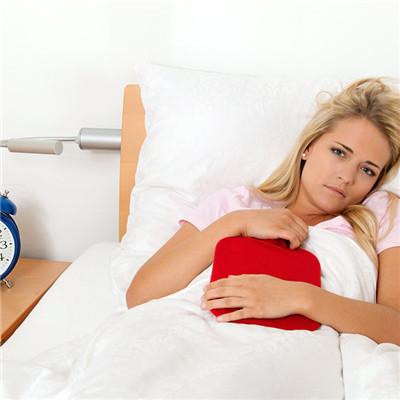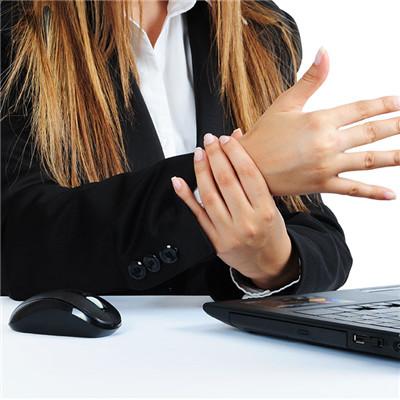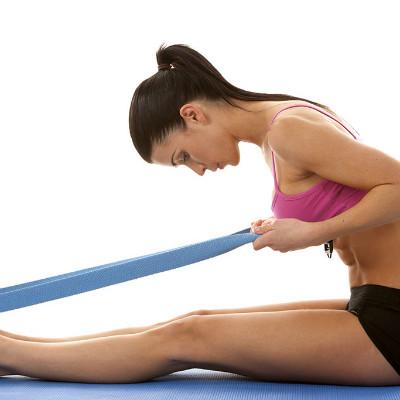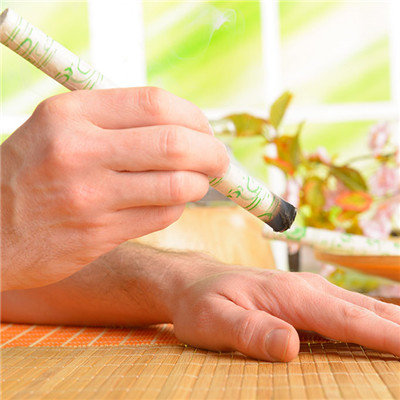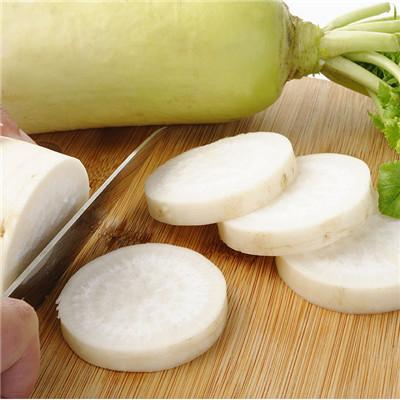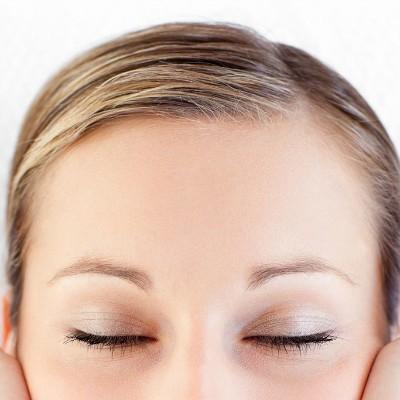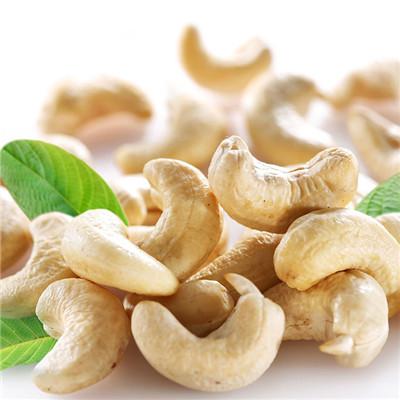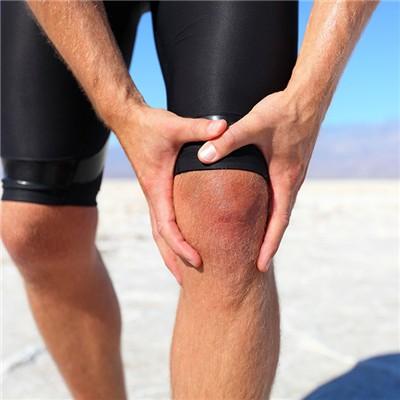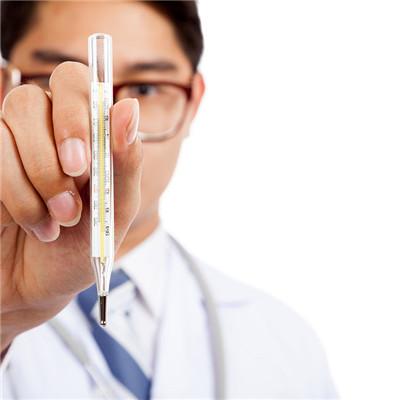Convulsive pain in precordial area?
summary
Most of the pain in the precordial area is related to the pathological changes of the heart, among which we should be alert to angina pectoris and myocardial infarction. These two kinds of diseases belong to coronary atherosclerotic heart disease. Coronary atherosclerotic heart disease refers to the heart disease caused by coronary artery stenosis or occlusion, or (and) myocardial ischemia, hypoxia or necrosis caused by functional changes of coronary artery (spasm). Let's share my experience with you.
Convulsive pain in precordial area?
Angina pectoris can be divided into stable angina pectoris and unstable angina pectoris. The location and nature of these two kinds of angina pectoris are similar, mainly in the middle or upper part of the sternum, which can affect the precordial area, and often radiate to the left shoulder and left arm, reaching the ring finger and little finger. Chest pain, gastrointestinal pressure, stuffy, tight feeling, can also have a burning feeling. The duration is generally within 3-5 minutes, which can be relieved after stopping the original induced activity.

Myocardial infarction is myocardial ischemia and necrosis. Generally in the early morning, after a full meal, emotional, fatigue prone to occur. The first symptom is pain in the precordial area, a sense of dying, often occurs in quiet. Severe pain can also have gastrointestinal reactions, such as nausea and vomiting and upper abdominal pain, arrhythmia within 24 hours, as well as hypotension, fever and other manifestations.

In case of the above situation, please go to the hospital in time to avoid the danger of life crisis.

matters needing attention
This kind of disease is more than hypertension, hyperlipidemia, smoking, diabetes, so patients with this situation must pay attention to. In the diet must also control the salt intake, do not eat spicy food such as coffee, strong tea, you can eat more cereals such as cereals, oats or soybeans, you can drink more water or milk, but do not drink carbonated drinks.
